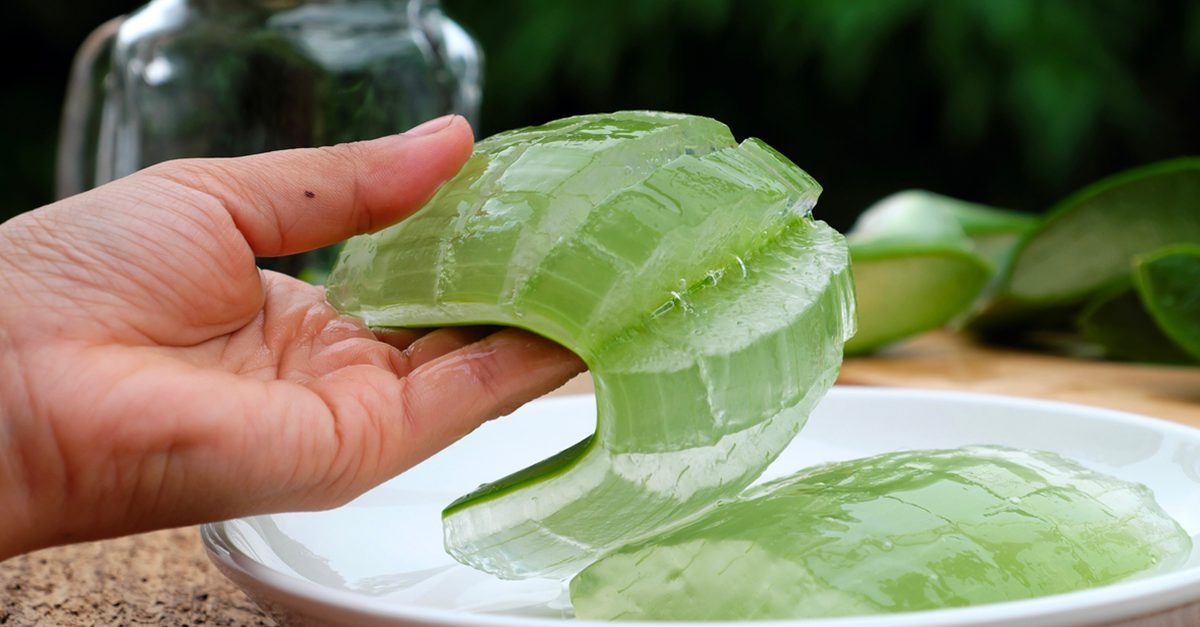Will Chocolate Go Extinct? Yes, According To Scientists
Chocolate faces extinction risks from climate change, diseases, and economic challenges. If unaddressed, it may become a luxury by 2040. To prevent this, support sustainable chocolate, invest in agricultural research, and combat climate change to secure its future.
;Resize,width=742;)
In recent years, the prospect of a world without chocolate has captured the public's imagination and concern. This beloved treat, derived from the seeds of the cacao tree (Theobroma cacao), faces multiple threats that could drastically reduce its production or, in a worst-case scenario, lead to its disappearance.
The Threats to Chocolate Production
The primary threats to chocolate production are climate change, diseases affecting the cacao trees, and the economic challenges faced by cocoa farmers. Each factor alone presents significant challenges, but together, they could potentially disrupt the delicate supply chain that brings chocolate to stores around the world.
1. Climate Change
Cacao trees thrive in humid rainforest environments. However, global warming is expected to cause drier conditions and increase temperatures in these regions. This could reduce suitable growing areas significantly by 2050. Dr. James Richardson, a tropical agronomist at the National Oceanic and Atmospheric Administration, warns that "the suitable regions for cacao cultivation will shrink substantially unless adaptive measures are taken."

2. Diseases and Pests
Cacao trees are susceptible to several diseases and pests, such as the frosty pod rot caused by the fungus Moniliophthora roreri, which can wipe out up to 80% of a crop. The spread of such diseases is exacerbated by climate change, making traditional growing regions less hospitable to cacao trees.
3. Economic Sustainability
The majority of the world’s cocoa is produced by small-scale farmers who face economic pressures and often live below the poverty line. This not only affects their ability to invest in sustainable practices but also discourages the next generation from continuing cocoa farming.
Predictions of Extinction
While the total extinction of chocolate is not imminent, the pressures on its production could lead to a significant decrease in availability and a corresponding increase in price. Experts like Dr. Richardson suggest that without intervention, "chocolate could become a luxury item out of reach for the average consumer by 2040."

What Can We Do?
The situation is not without hope, and there are several actions consumers, governments, and industry stakeholders can take to mitigate these risks.
1. Support Sustainable Chocolate
Consumers can help by choosing chocolate products certified by organizations like Fair Trade and Rainforest Alliance. These certifications help ensure that cocoa farmers receive a fair wage and that sustainable farming practices are used.
2. Investment in Agricultural Research
Developing disease-resistant cacao tree varieties and new farming techniques that can cope with changing climates is crucial. Governments and the private sector can fund research to develop these solutions, ensuring the long-term sustainability of cocoa farming.
3. Reducing Climate Change Impacts
On a broader scale, efforts to combat climate change directly impact the future of chocolate. Reducing greenhouse gas emissions and supporting policies that promote environmental sustainability can slow the progression of climate conditions unfriendly to cacao cultivation.
;Resize,width=767;)

;Resize,width=712;)
;Resize,width=712;)
